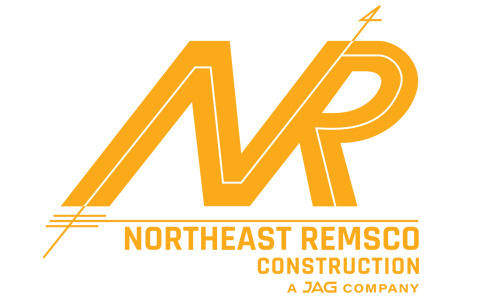
Combat Sticky Clays

Everyone has heard horror stories associated with clay soils. All you need to do is attempt to dig a hole with a shovel to realize how hard it gets when dry, and feel it stick to your boots like a pair of concrete shoes after it rains. Similar reactions happen to your trenchless equipment while advancing underground.
Clay is not an ideal soil type for construction since it is highly reactive to moisture. It is soft and sticky when wet, and hard when dry. If you don’t know much about the soil you are working within, it could spell bad news for your trenchless project.

Figure 1: Reactive clays can expand and stick to trenchless equipment causing extreme loads.
Identification is Key
It is important to properly identify the ground conditions along the alignment. While it would be wonderful if everyone had a professional to interpret the geotechnical profile prior to the project starting, most seasoned professionals understand that soil investigating is never really done until the project is finished. Fortunately, there are relatively simple ways to determine if your soil is “reactive” or “non-reactive”. If no geotechnical report is available, simply break off a golf ball size clump of damp clay and roll it between your hands. If you can roll it into the thickness of a pencil without crumbling, the ground is going to be reactive and swell. If you can continue to form an even longer spaghetti-like noodle without it crumbling, it will be even more reactive with water.
Industry Solutions
Understanding how a properly designed drilling fluid works with an adequate delivery system for your clay type is very important. Since clay particles can be 1000X smaller than sand, clay particles will have substantially more surface area per volume for water to contact. Certain types of clay molecules have negatively charged locations on their surface that can attract water molecules like a magnet. As additional water is added to clay, the layer of water continues to grow around the clay molecule. This phenomenon causes the clay particles to separate and swell. In some cases, such as mixing Wyoming bentonite for a slurry, this process is a desired result as porosity increases, yet permeability remains low.

Figure 2: Akkerman triple-wall “Spinner” pilot tubes.
There are several discussions about lubrication mixtures within varying soil conditions that are specific to trenchless construction methods such as Akkerman’s Lubrication Tips & Tricks available online. Mud engineers commonly deal with reactive clays by adding clay inhibitors, dispersants, surfactants and clay flocculants.
Akkerman recently released a triple-walled “spinner” pilot tube that was inspired by a Nebraska contractor all-too-familiar with heavy, reactive clay ground conditions in the region. The contractor battled swelling clays and required a solution that would provide more consistent results than using drilling fluids alone.
The design of the triple-wall tube integrates a line-of-sight for the optical guidance system, fluid passage for drilling fluid, and an outer shell that freely rotates as it progresses through the ground. The triple-wall pilot tubes are used in conjunction with Akkerman’s standard pilot tubes. Typically spaced at 50-ft intervals, the triple-wall tubes not only re-form the borehole if swelling has occurred, but they will also serve as a rod stabilizer if the annulus remains supported by the drilling fluid mix. This process subsequently reduces the overall torque and thrust required to install pilot tubes in clay soils leading to less fatigue on auger boring machines.
Recently on a project in Texas, a series of triple-wall pilot tubes were installed on a 375-ft long pilot tube crossing after crews experienced swelling clays on previous installations in the area. Using a drilling fluid recipe that included a PHPA clay inhibitor and wetting agent to reduce the swelling and stickiness of the clay, crews noted an additional 60% reduction in torque after the triple-wall pilot tube were installed.
Triple-wall pilot tubes are currently available. Please don’t hesitate to contact our staff with any questions before the inventory runs out.




